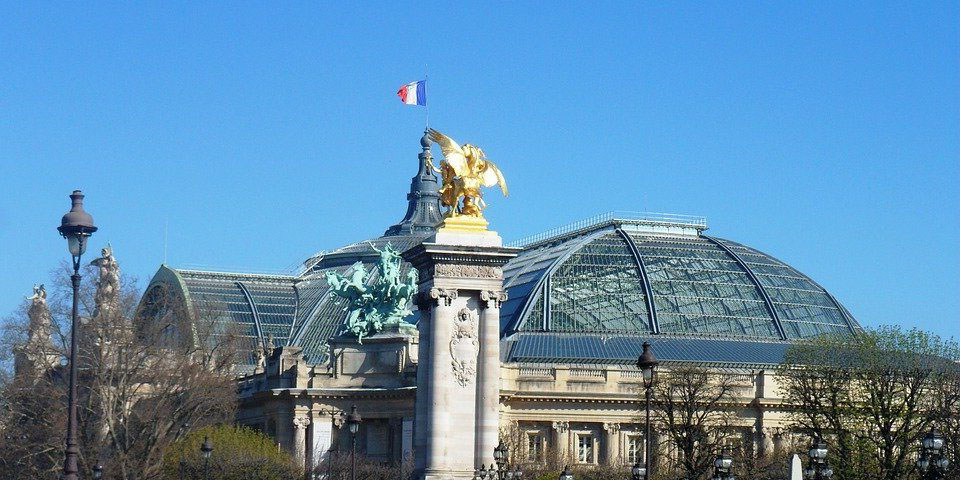Theaters, museums, concert halls, monuments are nowadays more and more privatized by companies to become places for their events.
How can this trend be explained? And at what price?
A recent trend
When the nave of the Grand Palais hosted the presentation of Chanel’s 2018 winter collection, it was hard to imagine the growing importance that this trend would take in the years to come. Barely two years later, the privatization of cultural spaces has become an unavoidable strategy.
Privatization brings to these cultural places a public which would not necessarily come there, which widens their frequentation at the moment and in the future. This is often the case for foreign investors but sometimes also for locals.
Cultural event venues subtly blend the economic and entertainment aspects. In short, it’s a mix between business and entertainment.
These sites have many advantages: they are already designed to receive a large audience, they are well served by transportation, they meet all safety standards, but above all they offer an unparalleled extra soul with a special historical and cultural flavor.
In the opposite direction, it brings to these places a real professionalization in the skills and the use of the rooms and the material put at the disposal of the clients.
Complementary but essential recipes
However, beware of the cost! Because if these rentals are offered to all companies, only the most fortunate will be able to organize their events there. The sums requested are often substantial for the most exceptional sites because they are in high demand: Louvre, Château de Versailles, Grand Palais, Opéra Garnier…
Some cultural places have perfectly integrated it in their economic model. Privatization has even become fundamental to the economy of some cultural venues.
For the Théâtre Mogador, for example, “privatizations represent 10 to 20% of our revenue depending on the year”, according to Laurent Bentata, the managing director of Stage Entertainment France.
If we look at the figures, for the Louvre, for example, the valuation of its domain represented 15 million euros in 2017, or 7% of its own resources, of which 3.4 million were for events, the rest came from concessions and other stores.
MUSEVA Trade Show
The perfect example to illustrate this trend: Museva Trade Show. It is the international exhibition of private rentals of museums, monuments and theaters already present at the Grand Palais in 2019 and the Carrousel du Louvre in 2020.
Originally concentrated on the national territory, the show is now international. Indeed, museums and monuments of the most famous cities of the old continent are represented. In bulk we can mention : London, Madrid, Vienna, Brussels or even Turin.
Jean François Grünfeld created Museva with the aim of allowing cultural monuments to develop their commercial activity, to offer new opportunities to the actors of the sector and to meet new customers.
Indeed, many museums, aquariums, theaters and other cultural venues are looking for additional sources of funding. Renting out their event spaces to companies is a source of income that many of them can’t refuse.
We could also mention another exhibition: the SITEM is a unique event for the world of museums and cultural tourism. This exhibition is specialized in the equipment, the valorization and the innovation of museums, cultural places and tourism.


